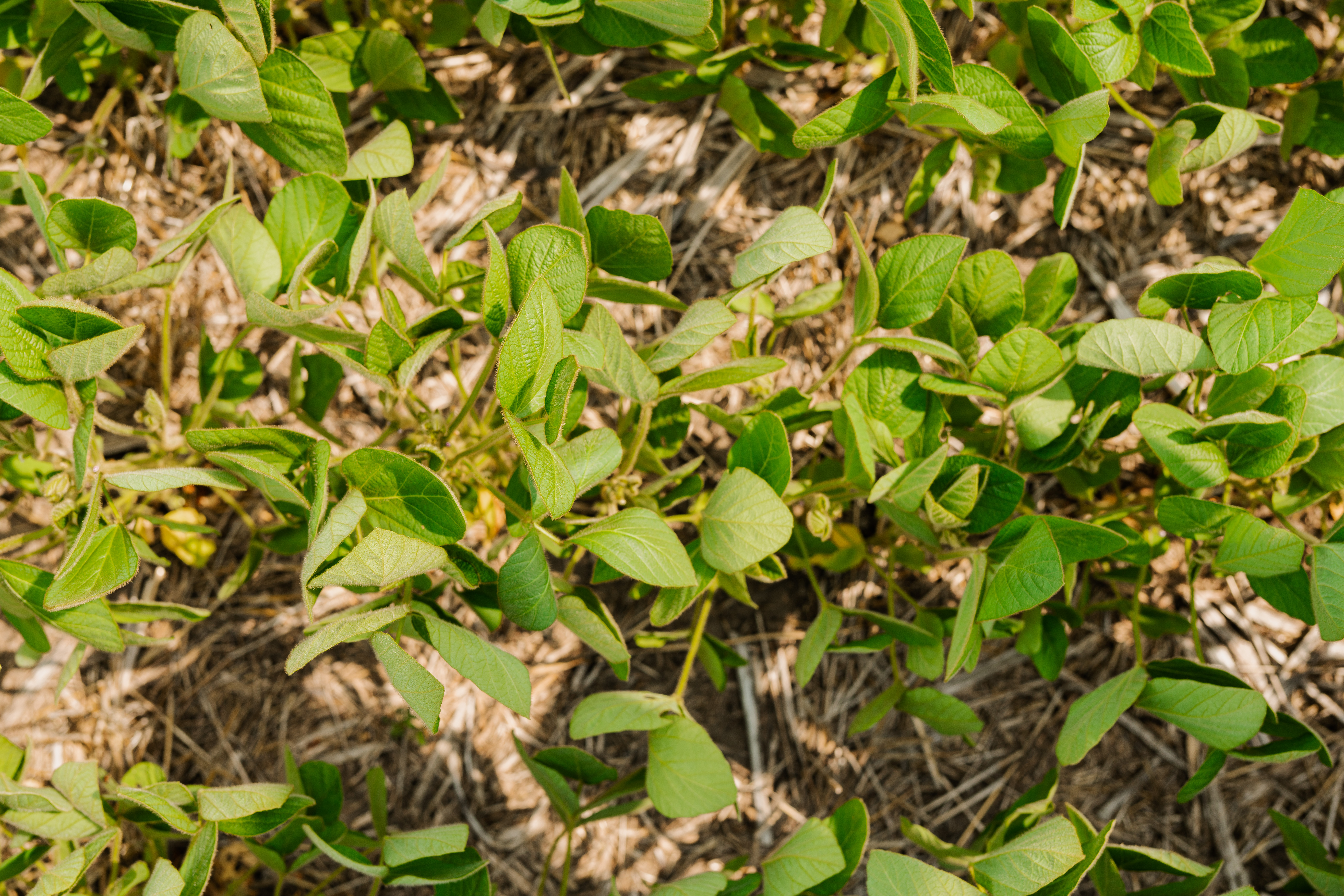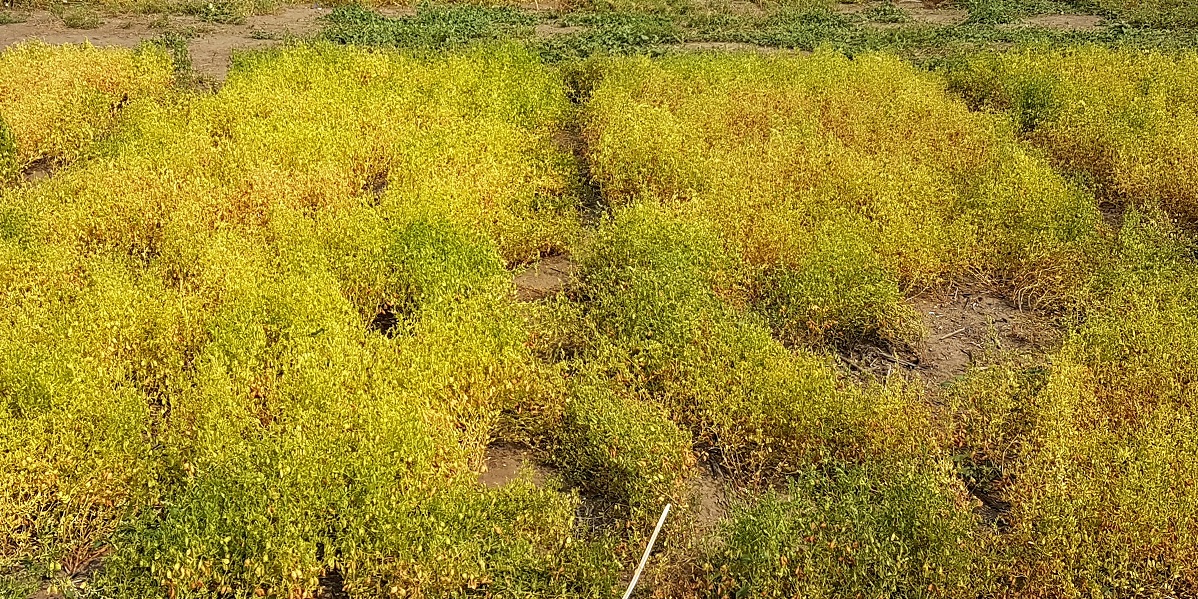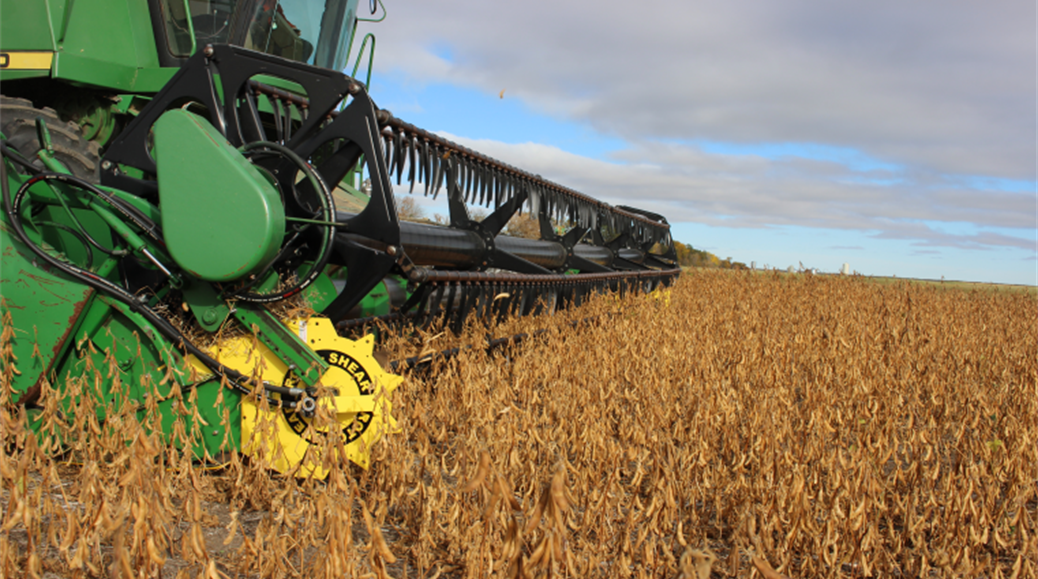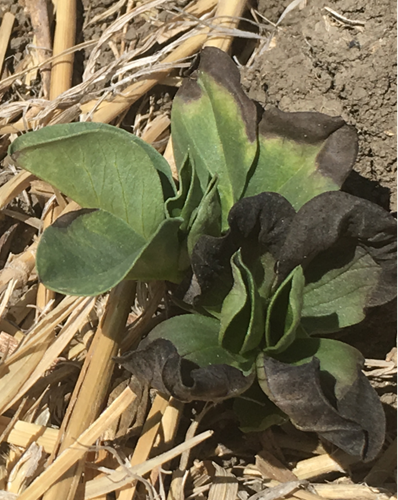Brian Innes, Executive Director, Soy Canada
Saskatchewan Pulse Growers (SPG) works with Soy Canada to advance issues pertinent to removing barriers and growing markets for Canadian-grown soybeans.
Grower and industry leaders created Soy Canada in 2014 to bridge the gap between international soybean processors and soybean growers, working to enable the value chain to come together and create value through collaboration.
On the Stage to Build Asian Demand

With over 70% of Canadian soybean production destined for export, diverse and valuable markets are critical. That is why each year, Soy Canada undertakes an international marketing strategy to support our exporters and showcase the advantages of sourcing from Canada.
“Soy Canada provides national representation for soybean growers in Saskatchewan, which helps to connect the soybean value chain,” said Winston van Staveren, Board Member with SPG and Soy Canada. “This work supports trade policy, market access, research and development, and works to increase industry profile.”
As part of this year’s efforts, Soy Canada hosted two virtual seminars in March for customers in Japan and Southeast Asia, targeting Indonesia, Malaysia, the Philippines, Singapore, Taiwan, Thailand, China, and Vietnam. The Southeast Asian seminar attracted more than 160 virtual participants.
Importers, distributors, soy food manufacturers, and government representatives had the opportunity to hear about soybean quality research, Canada’s traceability program, and projections for 2022 production. The team at Soy Canada producing the seminar included representatives from each segment of the value chain from seed companies, growers, processors, and exporters. New for this year were two keynote speakers of great interest for participants who spoke on outlook for soybean supply and prices, as well as a speaker on freight logistics.
During the seminar, we launched our new food-grade soybean variety finder to compare key quality characteristics in our varieties. It has already proven to be a valuable tool for customers to determine which of the 80 varieties produced is right for them.
The seminars also showcased new videos that highlight the quality, traceability, and sustainability of Canadian soybeans (see Related Videos below). While it doesn’t quite enable customers to get dirt on their boots walking a field, it is a valuable tool to share how Canadian soybeans are produced and to highlight why Canada is a reliable supplier of soybeans.
Behind the Scenes to Grow Northern Soybean Quality and Production

In January, the Northern Soybean Summit brought together members and invited guests from across the value chain and across Canada to discuss the expansion and quality of Northern soybeans. Here are a few snippets of the discussion on how soybeans can become more valuable for Saskatchewan growers:
- A young industry with room for growth: With only 20 years since soybeans were first grown on the prairies, speakers reflected on how there is room for growth. From agronomy and harvest management, to having properly adapted seed genetics, and exporters connected with buyers who want to crush Saskatchewan soybeans, a lot has evolved and improved in a short amount of time. One speaker shared how their Western Canadian breeding program started in the late 2000s with ankle high beans. With each variety taking about eight years to come to market, the genetics adapted to Saskatchewan have evolved rapidly – even since 2015 when the early breeding programs started to bear fruit.
- The weather in 2030 will change the landscape for soybeans in Western Canada: Climate experts from Agriculture and Agri-Food Canada (AAFC) shared how significant a warming climate is for a crop like soybeans. With more heat, all areas will be able to grow longer season varieties. For example, when comparing average temperature for 1985–2014 versus the predictions for 2015–2044, it means 500 more crop heat units on average. This means that growers in Humboldt will be able to confidently grow a 00 soybean variety, paving the way for higher performing soybean genetics to be a profitable fit for growers rotations more often.
- There is a place for Saskatchewan soybeans in the global soybean market: Exporters G3 and Viterra shared what customers want and how Saskatchewan soybeans meet their needs. It is no secret that Western Canadian soybeans have lower protein than other origins, and this can be a challenge for processors to meet the minimum levels required in soybean meal. What was interesting is that buyers in China, Bangladesh, Iran, Pakistan, and North America request Western Canadian soybeans when they have the ability to blend them with other origins – though the price needs to be right.
- It is a competitive landscape and soybeans need to compete for a place in growers’ rotations: Grower representatives from across the country, including Winston Van Staveren, SPG Board Member from Creelman SK, provided a candid look at what it takes for them to grow soybeans. In some regions it is a natural fit while in others there is intense competition for acres right now. However, profitability was not the only consideration, with rotational benefits and management factors like harvest timing also being very important. There was a consensus that it is not just potential yield, but consistent yield under stress, that is most important.

Left to right, top to bottom: Brian Innes, Executive Director of Soy Canada; Ernie Sirski, Board Member with Soy Canada and Manitoba Pulse & Soybean Growers; William Van Tassel, Board Member with Quebec Grain Producers; Winston Van Staveren, Board Member with SPG and Soy Canada; and Charles Amyot, Board Member with Grain Farmers of Ontario.
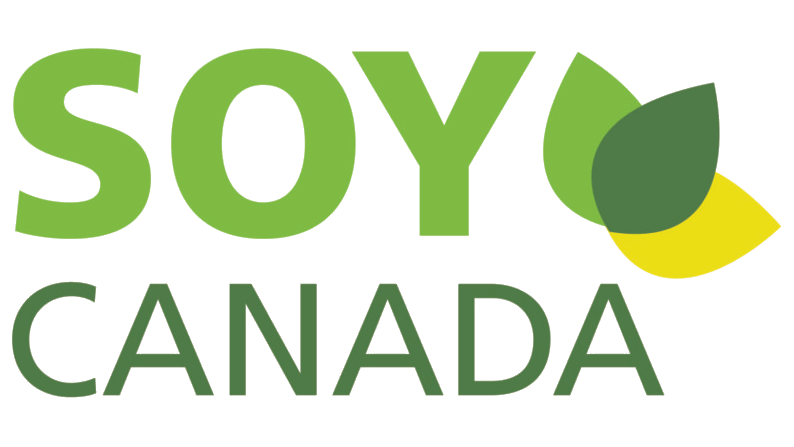
Related Videos
Soy Canada | Introduction to Canadian Soybeans
Soy Canada | Canadian Soybean Production
Soy Canada | Canadian Soybean Quality
Soy Canada | Canadian Soybean Sustainability
Published May 2022
